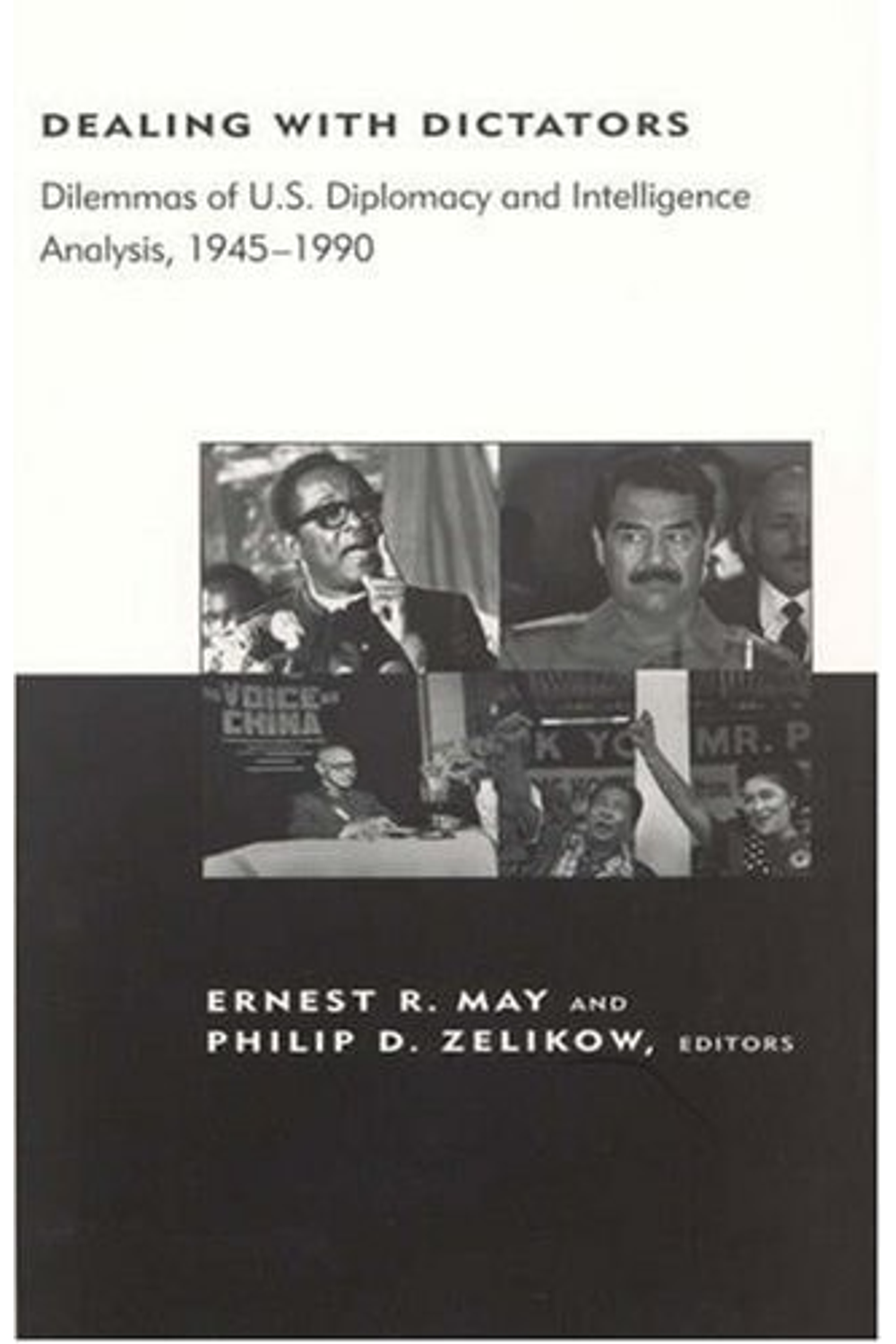“Dealing with Dictators: Dilemmas of US Diplomacy and Intelligence Analysis, 1945-1990” dissects America’s fraught relationships with authoritarian regimes during a pivotal era. Published by MIT Press, this book, part of the Belfer Center Studies in International Security series, delves into six compelling case studies including China’s rise, the Congo crisis, Iran’s revolution, Nicaragua’s Somoza dynasty, the fall of Marcos in the Philippines, and early US-Iraq policy to expose the complex moral calculations behind US foreign policy. Rather than offering simple judgments, the book analyzes the uncertainties faced by policymakers and explores whether the right questions were even asked. A crucial read for understanding the realpolitik behind US engagement with undemocratic nations, and the role of intelligence in those decisions. Paperback, 400 pages.
Dealing with Dictators: Dilemmas of US Diplomacy and Intelligence Analysis, 1945-1990 (Belfer Center Studies in International Security)
19,71 $
In stock
The United States continues to proclaim its support for democracy and its opposition to tyranny, but American presidents often have supported dictators who have allied themselves with the United States. This book illustrates the chronic dilemmas inherent in US dealings with dictators under conditions of uncertainty and moral ambiguity. Dealing with Dictators offers in-depth analysis of six cases: the United States and China, 1945-1948; UN intervention in the Congo, 1960-1965; the overthrow of the Shah of Iran; US relations with the Somoza regime in Nicaragua; the fall of Marcos in the Philippines; and US policy toward Iraq, 1988-1990. The authors’ fascinating and revealing accounts shed new light on critical episodes in US foreign policy and provide a basis for understanding the dilemmas that US decision makers confronted. The chapters do not focus on whether US leaders made the “right” or “wrong” decisions, but instead seek to deepen our understanding of how uncertainty permeated the process and whether decision makers and their aides asked the right questions. This approach makes the book invaluable to scholars and students of government and history, and to readers interested in the general subject of how intelligence analysis interacts with policymaking.
| Binding | |
|---|---|
| Condition | |
| ISBN-10 | 0262633248 |
| ISBN-13 | 9780262633246 |
| Language | |
| Pages | 400 |
| Publisher | |
| Year published | |
| Weight | 431 |
| Edition | 1 |
| Dewey decimal | 327.73009/045 |
- Additional information
- Currencies
- USD – United States dollar
- EUR – Euro
- GBP – Pound sterling
- CNY – Chinese yuan
- BRL – Brazilian real
- MXN – Mexican peso
- JPY – Japanese yen
- PHP – Philippine peso
- THB – Thai baht
- PLN – Polish złoty
- CAD – Canadian dollar
- MYR – Malaysian ringgit
- AUD – Australian dollar
- TWD – New Taiwan dollar
- CZK – Czech koruna
- SEK – Swedish krona
- HUF – Hungarian forint
- ILS – Israeli new shekel
- CHF – Swiss franc
- HKD – Hong Kong dollar
- DKK – Danish krone
- SGD – Singapore dollar
- NOK – Norwegian krone
- NZD – New Zealand dollar

